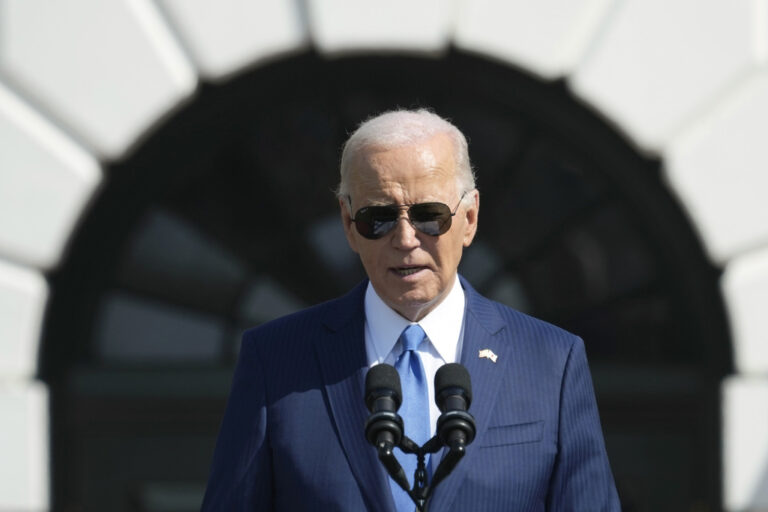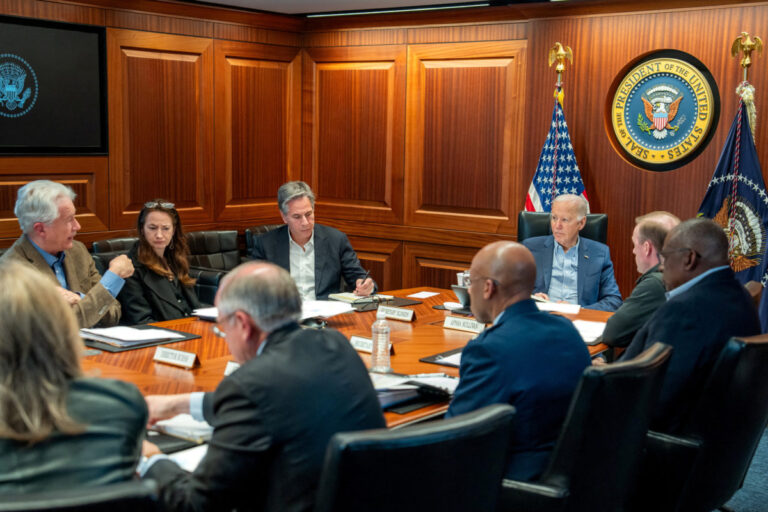 Detractors have long cast a yellow taxi ride in New York as something of an urban surrender — a necessary expense when the subway is too crowded, the walk is too cumbersome, the burden of car ownership in the city is too much to bear.
Detractors have long cast a yellow taxi ride in New York as something of an urban surrender — a necessary expense when the subway is too crowded, the walk is too cumbersome, the burden of car ownership in the city is too much to bear.
Four months after cab fares increased by roughly 17 percent, it is perhaps not surprising to learn how New Yorkers have been greeting the news: They will always ride, it seems, but they do not have to be happy about it.
According to data compiled by the city’s Taxi and Limousine Commission, overall ridership has remained remarkably stable since the increase, falling just 1.67 percent compared with the same period in 2011.
A review of tips for cabbies, however, introduces a wrinkle. For riders who pay by credit card, tips have fallen, as a percentage of the fare, to 15.5 percent. An earlier review by the commission found that credit card tips exceeded 20 percent in fall 2009. Data from October and November of 2010 and 2011 placed average credit card tips closer to 17 percent. Data is not available for tips made in cash.
“Some people know about the hike, and just don’t like it and just don’t tip,” said Chrishna Sooknanan, 27, a taxi driver from Flatbush, Brooklyn. “People see the 50-cent surcharge from the M.T.A. and figure it’s a tip.” (The surcharge went into effect in 2009 to aid the Metropolitan Transportation Authority, which is perennially short on cash.)
David S. Yassky, the city’s taxi commissioner, cautioned that any change in tipping patterns might have more to do with math than rider resentment. In purely monetary terms, average tips are up 8 percent to $2.29, from $2.12, on fares paid by card. It is the tip percentage that has fallen, because fares have increased at a far greater rate.
If passengers are accustomed to tipping, say, $3 on their daily rides, Mr. Yassky reasoned, they might continue to do so even as the fare rises.
“It’s behavior staying the same,” he said. “That drop is just an artifact of the pre-existing behavior.”
But there may be another explanation. Perhaps drivers’ tips have become less tethered to the metered fare itself. (Just as deliverymen might expect the same fistful of $1 bills whether they are carrying $10 worth of food or $50 worth.)
Graham Hodges, a taxi historian and former driver, said the question of how to define cabbies within the service industry had long influenced tips.
“There’s always a tension of whether to perceive the cabdriver as an independent-business man who has costs like you and me, or as a servant,” Mr. Hodges said. “I think people would like to see the cabdriver as a servant” — someone perhaps more entitled to a tip — “but they’re unable to.”
Expanded use of credit cards may have also changed the dynamic. During the period studied this year, 49.9 percent of riders used cards, compared with 38.7 percent for the same dates in 2010 and 44.1 percent in 2011.





